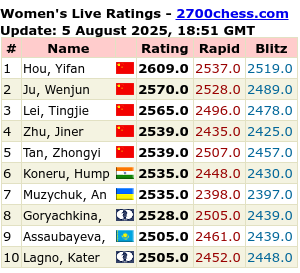Although I wonder about the direct link between training tactics, and actual improvement over the board, not having the time ( or direct experience) to perform a controlled self-experiment to check this, I can go only by impression and feeling.
Using these, I feel the biggest improvement is in my behaviour at the board.
Generally, I take more time to look around it board before I move, and try to check more often if tactics are present.
This doesn't mean that I always "see" the tactics on the board, but I feel sure it helps my game overall.
Sometimes, though, my mind deceives me.
It sees a solution, and something clicks that overrides the trigger to check again, resulting in a poor move.
For example, in this Chess Tempo problem below, I saw what had to be the solution, as I was looking for checkmate.
 |
| 37.a4 Black to play |
I played and was wrong, the solution was about winning material ( so if you already thought 37...Nc5, intending Nd3 to cover the King's escape square, just re-think that ! ).
Maybe my chess mind is still in its 'romantic 19th Century style' for a lot of the time and wants flamboyant and crowd-pleasing checkmates, rather than steady modern moves gaining material or positional advantage ? Who knows.
I can take some small comfort in the fact that 4500 others ( a third of the attempts ) made the same mistake on the above problem, but it doesn't help that much, and that comforting 'all-failures-together' feeling lasts even less.
Solution
Below is a rapid game played recently.
My play had been to focus along the d-file ( in fact aiming at the d8 square) and also re-position pieces that were preventing this.
When Black played the natural 19...Rd8, my tactic-sense spotted what proved to be a resign-provoking move !
Not too hard to see, but good to spot it, and even better to play it !
 |
| White to play |


0 comments:
Post a Comment